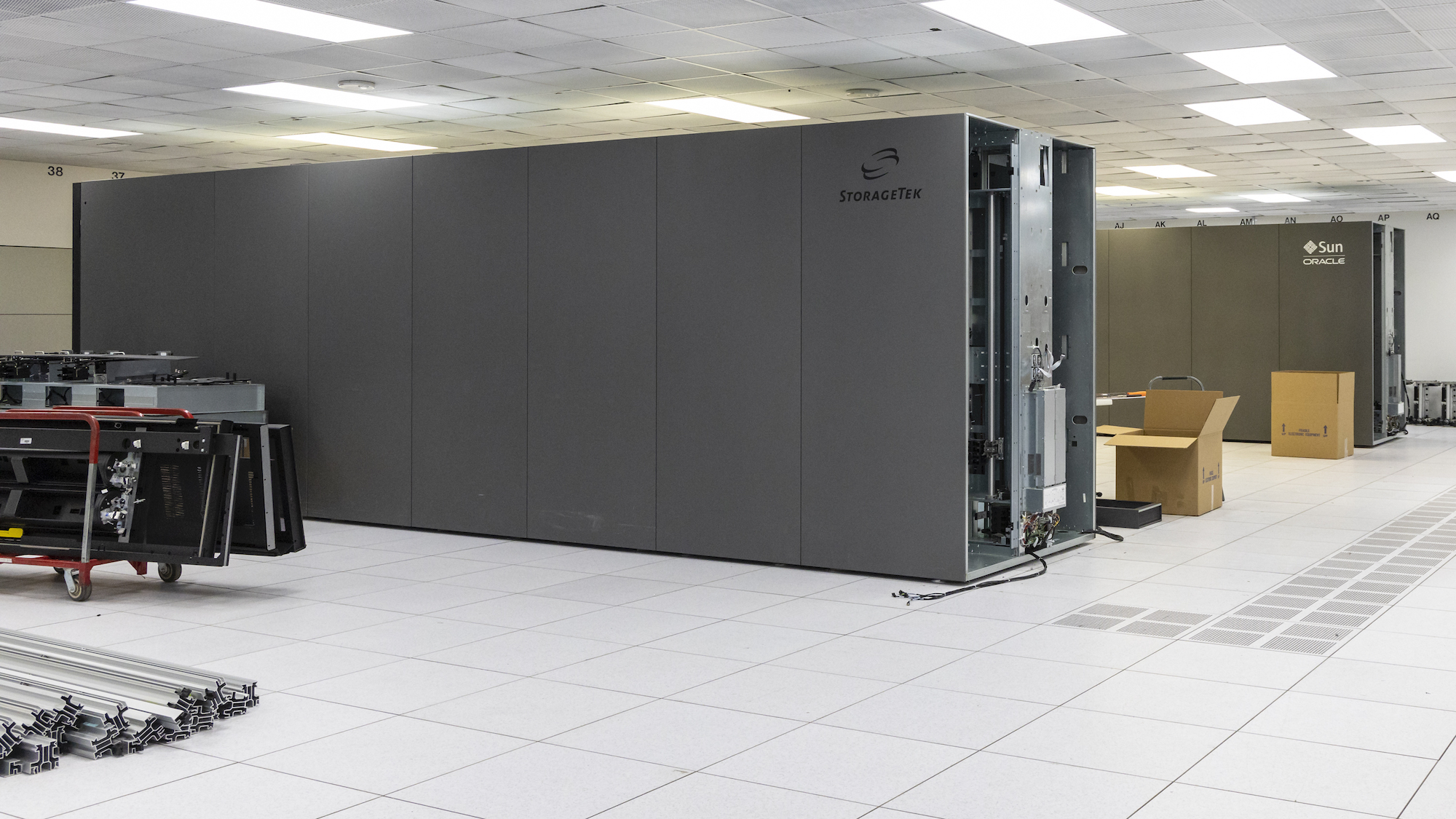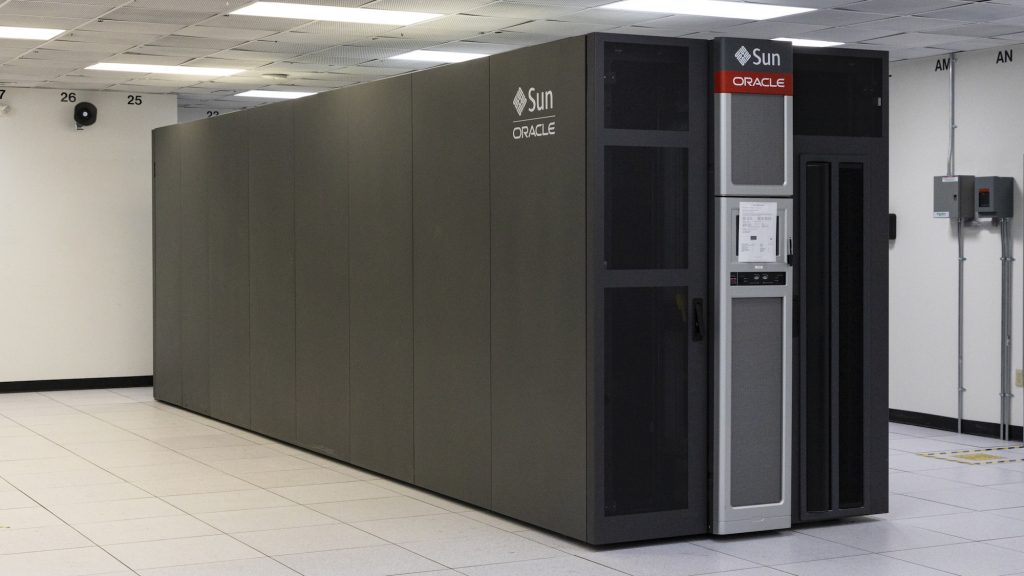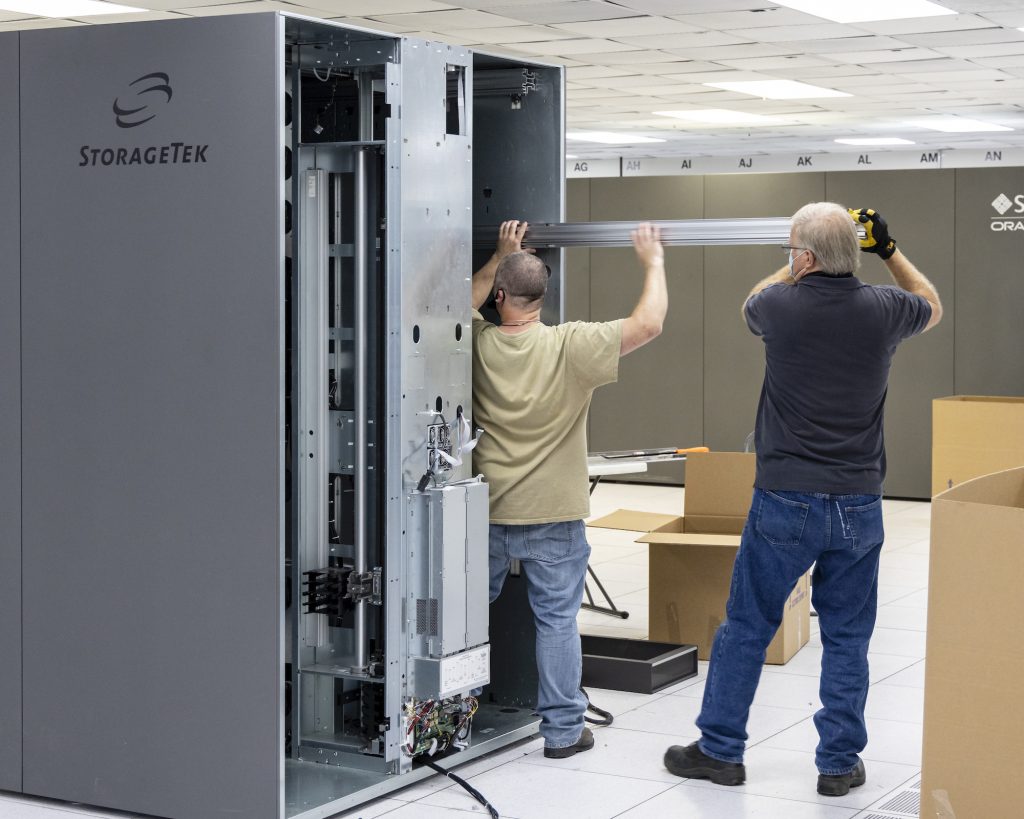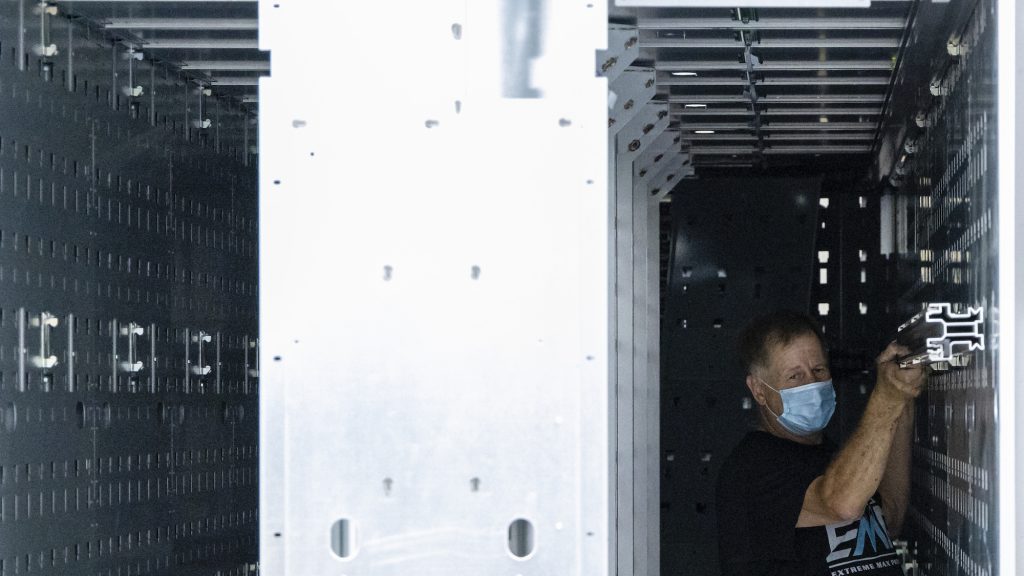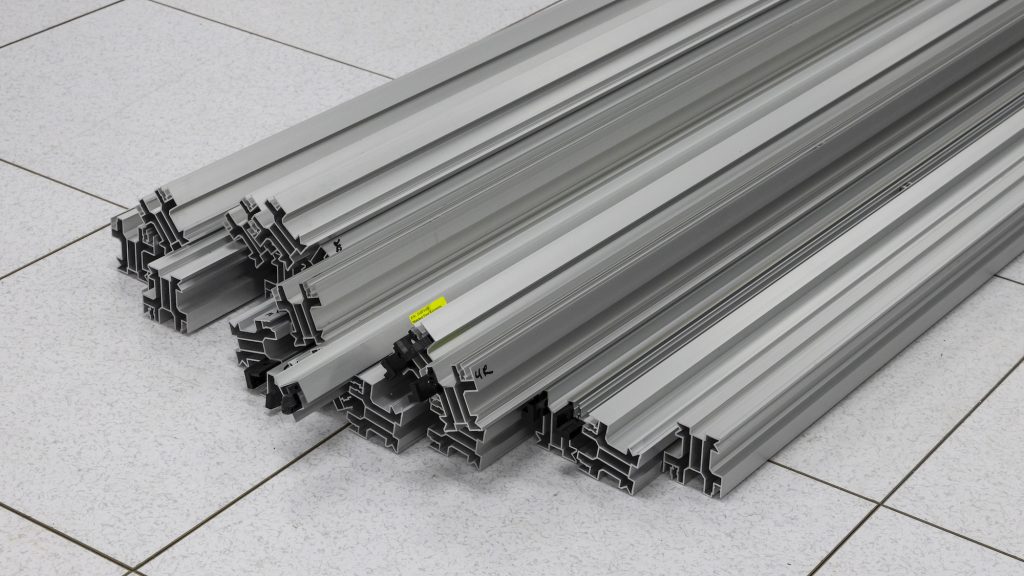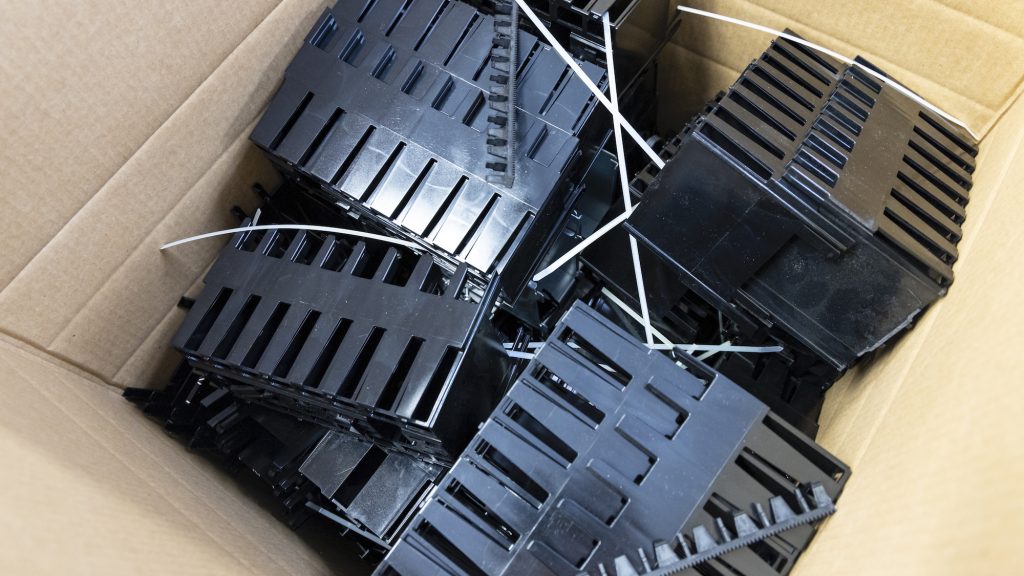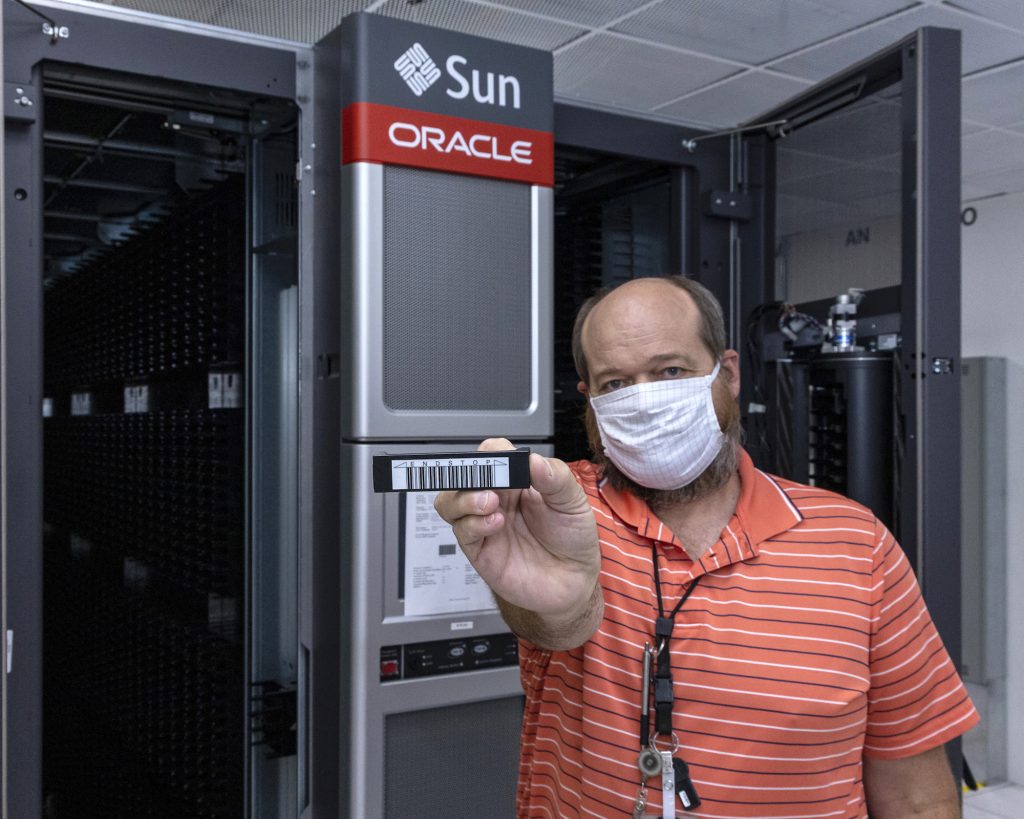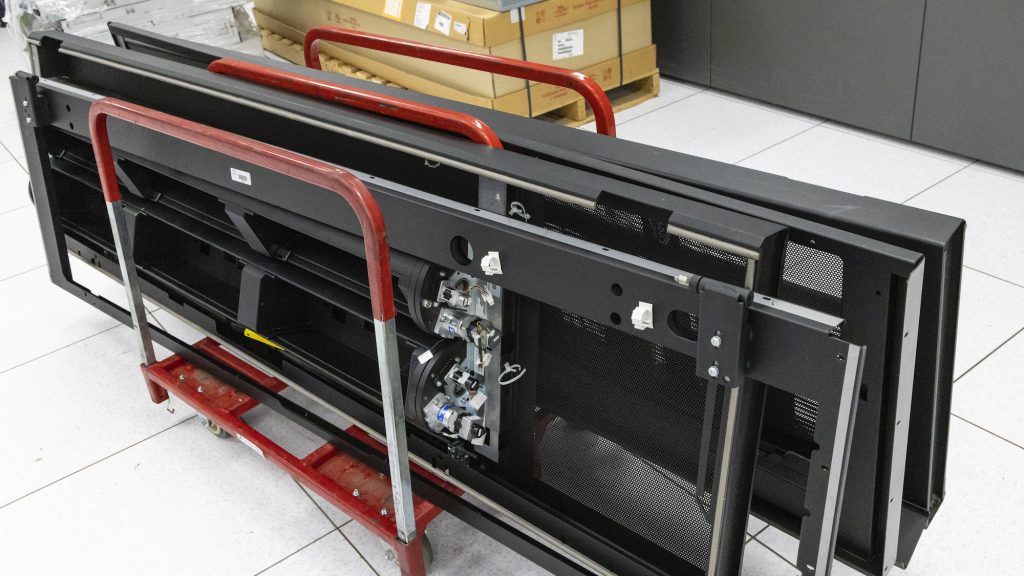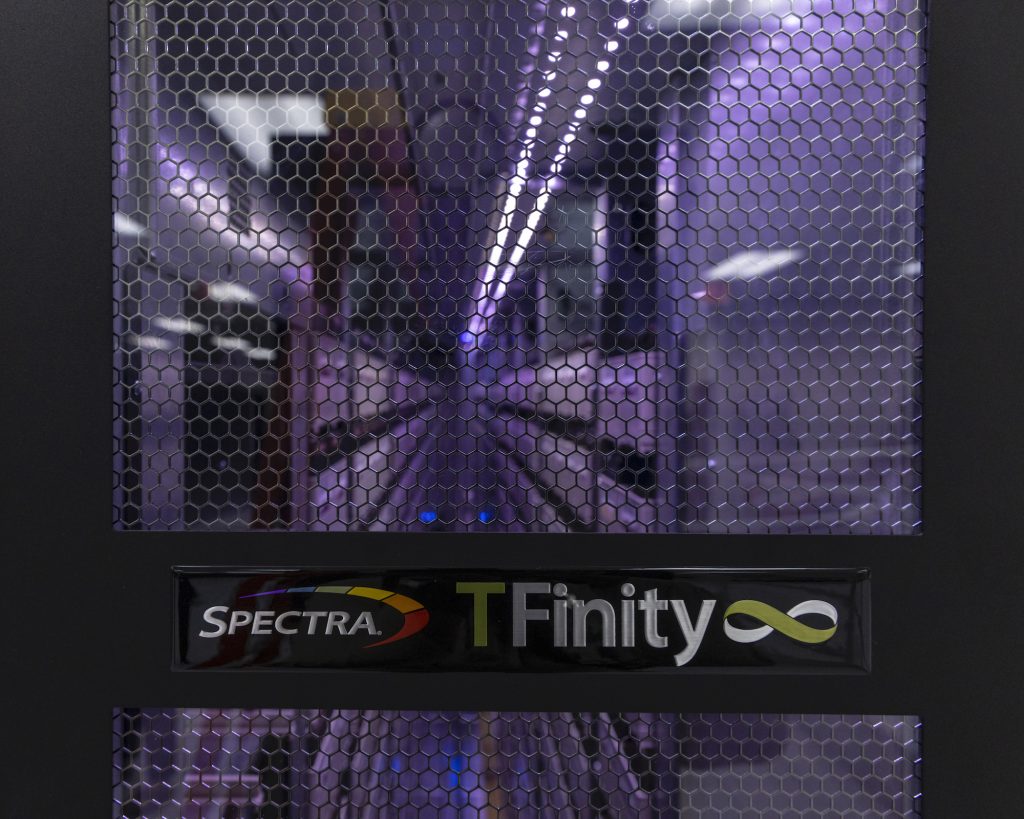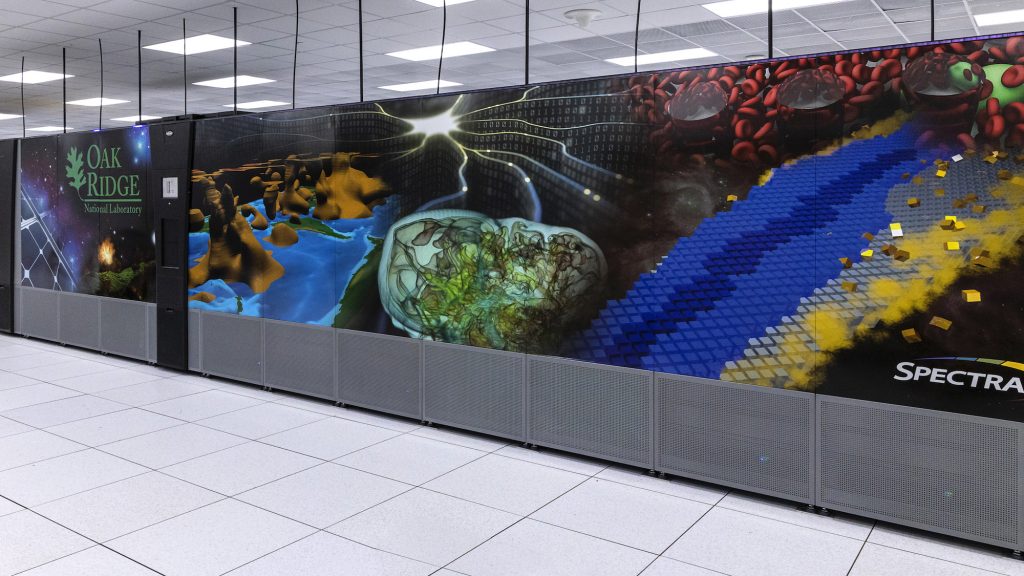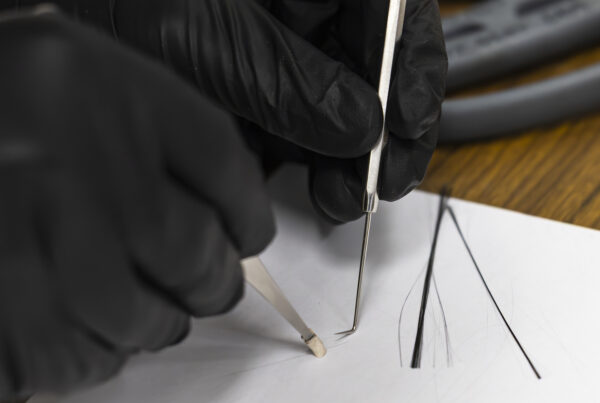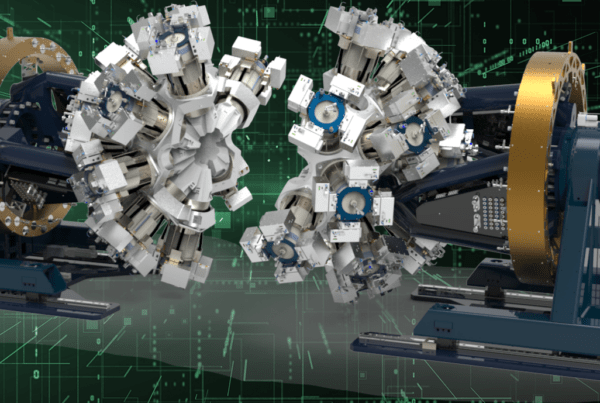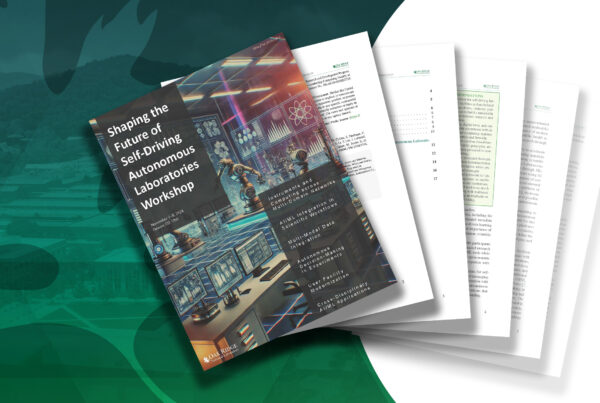As head of the High-Performance Computing (HPC) Infrastructure Operations Group in the National Center for Computational Science (NCCS) at the US Department of Energy’s (DOE’s) Oak Ridge National Laboratory (ORNL), Paul Abston does not like to see government investments in technology go to waste. Even more so, he is highly averse to the notion of taxpayers footing the bill to send outdated equipment to a landfill. So, when he was faced with the dilemma of what to do with six cabinets’ worth of a decade-old data storage system that had been replaced last year, he became a man on a mission.
“We had gotten a huge technology upgrade with our new storage library, but then our goal became, what do we do with the existing libraries? How can we be as environmentally friendly as we can? How do we minimize cost?” Abston said.
Disassembling and removing outdated machinery is not an uncommon occurrence at the Oak Ridge Leadership Computer Facility (OLCF), a DOE Office of Science User Facility within the NCCS. The quick march of computer technology can transform once state-of-the-art machines into space-consuming pieces of old tech.
In the case of the Oracle StorageTek SL8500, it was still a reliable tape library system for saving computer data—just one that’s much slower and larger than current machines. Yet, when it was installed 10 years ago, the SL8500 was a marvel of storage technology, using eight independent robots moving on a horseshoe rail system to retrieve or store over 20,000 tape cassettes, which held 8.5 terabytes of data each for a total of 163 petabytes of raw capacity.
“When we first purchased the StorageTek SL8500 library, I believe it was the largest capacity of the time in terms of number of slots—just over 10,000 per library. Additionally, it had four separate rails, each with robots that could pick up a tape and move it to a drive. Most libraries at the time had a single robot, so this increased the number of concurrent things that it could do,” said former Storage Team Leader in HPC Operations Jason Hill, currently an operations project specialist at NCCS.
While the SL8500 was still getting the job done 10 years later—and magnetic tape is still the medium of choice for high-performance computing data storage—its long-term future began to look cloudy when Oracle stopped developing its proprietary tape cartridge format. The latest iteration of its cartridge, the T1000D, had launched in 2013; the OLCF had originally started with the T1000A from 2006.
“The really great thing about these tape libraries was that they had a tape drive form factor that was supported across multiple generations of drive and of the tape media, so they were almost infinitely scalable,” Hill said. “That being said, when the manufacturer stopped development for future technology, all of that infinite scalability was lost.”
So what to do with the able yet aging library system? Abston figured he had three options to consider for the SL8500: (1) dismantle it and recycle as many parts as possible, (2) dismantle it and pack it away for a yet-to-be-determined owner, or (3) find a new owner to dismantle and ship it themselves. The latter option was the most environmentally and economically advantageous—all he had to do was find some customers to come and take the units.
Fortunately, the US General Services Administration operates the equivalent of a community cork board, where federal agencies can post their unneeded items in hopes of finding a good government home for them: GSAXcess. More officially, it’s the entry site for the Federal Excess Personal Property Utilization Program and the Federal Surplus Personal Property Donation Program. Agencies use it to report excess personal property for transfer by the GSA to other federal and state agencies, as well as to shop for excess personal property themselves.
Abston advertised the SL8500 system and made a connection with a customer for four of the six units: the National Oceanic and Atmospheric Administration. The federal agency best known for its weather forecasting hired contractors to dismantle and pack the units for shipping. Two units went to NOAA’s facility in Fairmont, West Virginia, home to its Hera supercomputer center, which supports development of weather modeling for the Office of Oceanic and Atmospheric Research and the National Weather Service. The other two units headed to NOAA’s Geophysical Fluid Dynamics Laboratory at Princeton University in Princeton, New Jersey. Scientists at GFDL develop and use Earth system models and computer simulations to improve the understanding of our climate system.
That left two remaining units, but no federal agencies appeared ready to claim them. Abston had another idea: how about an outside vendor that specializes in leasing high-tech equipment? He found his final recipient for the remaining SL8500 units in a partnership between RockBridge Tech of Grove City, Ohio, and Data Sales Company of Burnsville, Minnesota. Data Sales leases out information-technology hardware to Fortune 500 companies, while also selling refurbished equipment through its Technology Hardware Sales division. Data Sales hired a team to disassemble and pack the units.
By finding a way to reuse the SL8500 units instead of simply sending them to an IT asset conversion facility, Abston was able to save unrecyclable parts from going into a landfill. And with the new owners willing to pack and ship the units at their own expense, it meant big savings for ORNL.
“I think that’s how we should approach business—how do we protect taxpayers’ interests, provide the science we need to provide, and protect the environment in the process?” Abston said.
- When it was installed 10 years ago, the six-cabinet SL8500 system was a marvel of storage technology, using eight independent robots moving on a horseshoe rail system to retrieve or store its data cassettes. Photo by Carlos Jones/ORNL
- The StorageTek SL8500 held over 20,000 tape cassettes to store data output from ORNL’s supercomputers. Photo by Carlos Jones/ORNL
- The National Oceanic and Atmospheric Administration, the federal agency best known for its weather forecasting, hired contractors to dismantle and pack four units for shipping to two of its facilities. Photo by Carlos Jones/ORNL
- Photo by Carlos Jones/ORNL
- Photo by Carlos Jones/ORNL
- Photo by Carlos Jones/ORNL
- Paul Abston, head of the High-Performance Computing (HPC) Infrastructure Operations Group at ORNL, holds up one of the 20,000 tape cassettes once used by the StorageTek SL8500 data archive. Photo by Carlos Jones/ORNL
- Photo by Carlos Jones/ORNL
- Photo by Carlos Jones/ORNL
- The StorageTek SL8500 was replaced by the smaller, faster Spectra TFinity storage system. Photo by Carlos Jones/ORNL
- Spectra TFinity storage system also enjoys some decorative cabinet art. Photo by Carlos Jones/ORNL
UT-Battelle LLC manages Oak Ridge National Laboratory for DOE’s Office of Science, the single largest supporter of basic research in the physical sciences in the United States. DOE’s Office of Science is working to address some of the most pressing challenges of our time. For more information, visit https://energy.gov/science.


